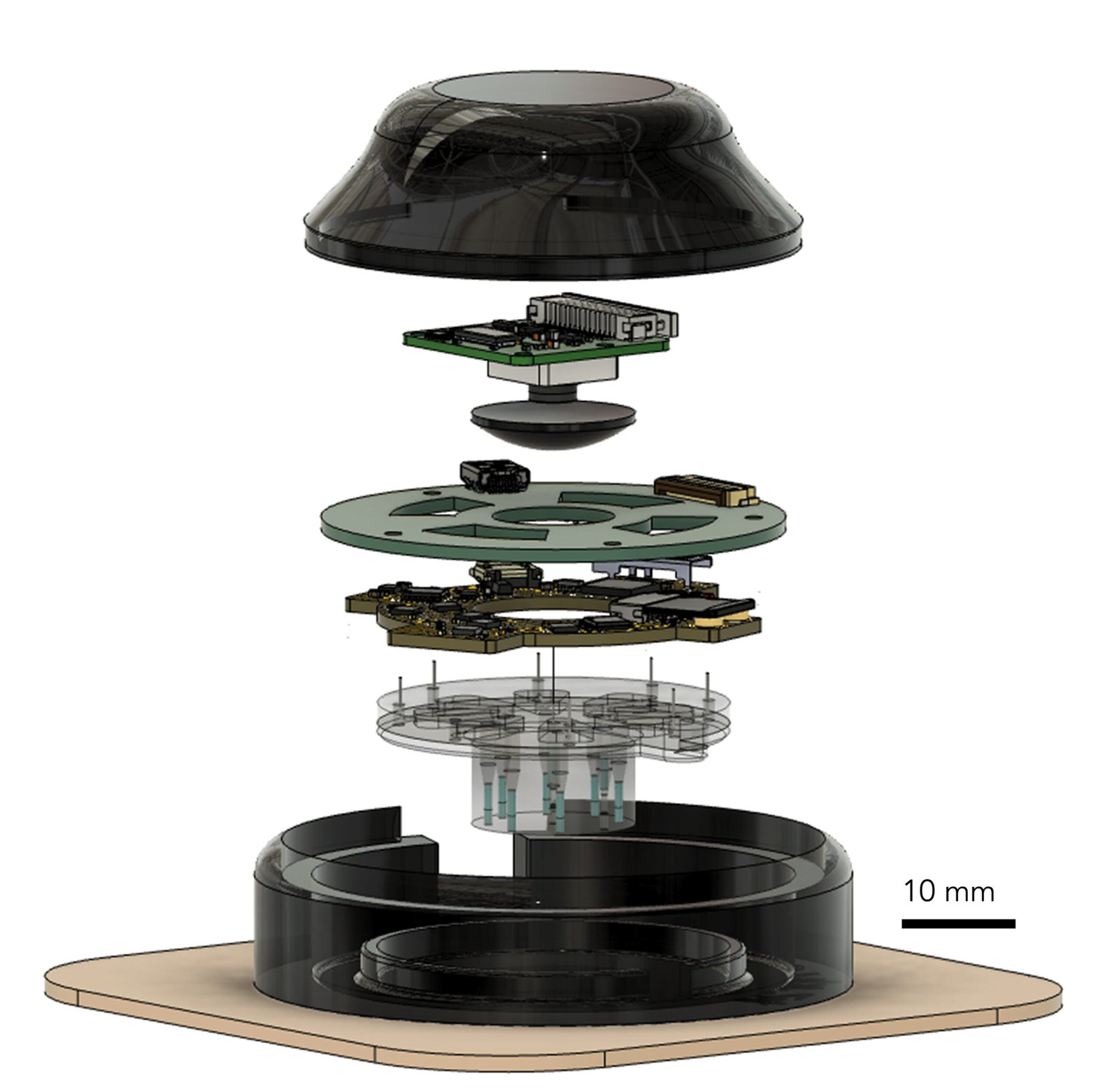Overview
A new wearable device, known as a-Heal, developed by engineers at the University of California, Santa Cruz, aims to enhance the wound healing process by utilizing artificial intelligence (AI) and bioelectronics. This innovative device is designed to optimize each stage of healing, from clotting to scarring.
Key Features of a-Heal
- Real-Time Monitoring: The device incorporates a tiny camera that captures images of the wound every two hours.
- AI Integration: An AI model analyzes the images to determine the healing stage and suggests appropriate treatments.
- Personalized Treatment: The system can deliver medication or apply an electric field based on the patient’s unique healing process.
- Accessibility: Its portable and wireless design makes it suitable for patients in remote areas or those with limited mobility.
Research and Development
The research team, led by Professor Marco Rolandi from UC Santa Cruz, collaborated with UC Davis researchers and was supported by the DARPA-BETR program. The device is described as a “closed-loop system,” which is one of the first of its kind for wound healing.
How It Works
The onboard camera, developed by Associate Professor Mircea Teodorescu, captures images that are processed by a machine learning model referred to as the “AI physician,” created by Associate Professor Marcella Gomez. The AI analyzes the images to:
- Diagnose the current stage of the wound.
- Compare it to an optimal healing timeline.
- Apply treatments if healing is lagging.
Treatment Methods
The device can administer:
- Fluoxetine: A medication that helps reduce inflammation and promotes tissue closure.
- Electric Fields: These enhance cell migration towards the wound, facilitating faster healing.
Clinical Testing
Preclinical studies demonstrated that wounds treated with a-Heal healed approximately 25% faster than those receiving standard care. This technology shows promise not only for acute wounds but also for chronic wounds that have stalled in the healing process.
Future Directions
The research team is currently exploring the potential of the a-Heal device to improve healing outcomes for chronic and infected wounds, aiming to revolutionize wound care.
For further details, refer to the study published in npj Biomedical Innovations.
